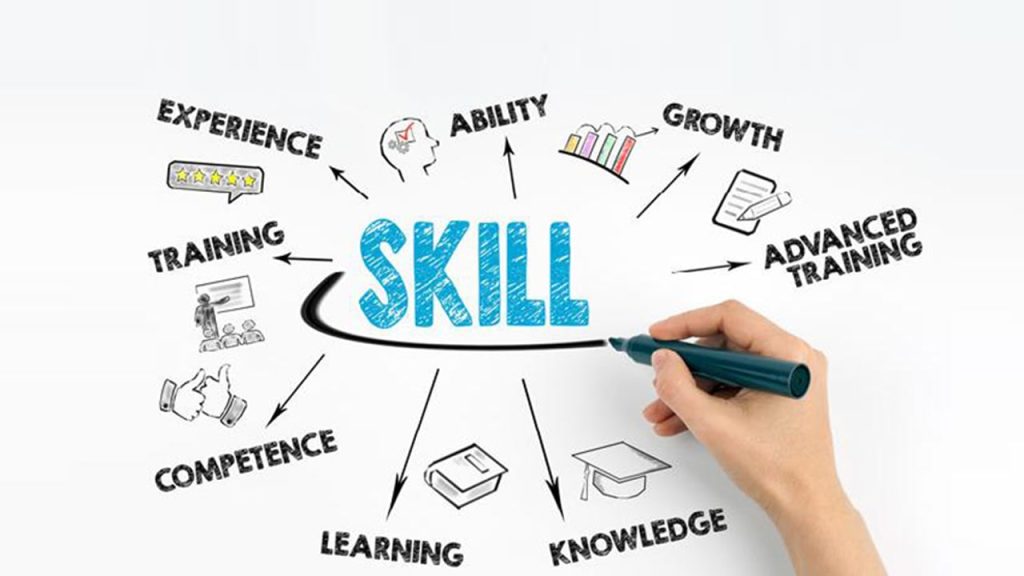

Menu
The Power of Nanolearning: A Revolution in Skill Acquisition
- admin
- February 13, 2024
- 12:18 pm
- No Comments

Introduction:
The conventional method of E learning is going through a radical makeover in today’s fast-paced world of always changing information. The idea of “nanolearning,” which is based on bite-sized, easily digestible learning modules, is revolutionizing the way that skills are acquired. Due to the popularization of social media platforms such as TikTok and Snapchat, fast paced content is becoming increasingly prevalent, with generations now learning more from short videos than traditional lesson formats.
Nano learning is self-contained, by offering small, highly targeted nuggets of information with a single objective, to learners. It can contain a wide variety of multimedia such as text, video, sound, and images, all of which keep learners engaged. Nano learning is also very responsive as it can be viewed on a range of different devices. This blog explores the dynamics of nanolearning, its Future with an example, Its pros and cons and the future of Nano Learning.
Nano learning is self-contained, by offering small, highly targeted nuggets of information with a single objective, to learners. It can contain a wide variety of multimedia such as text, video, sound, and images, all of which keep learners engaged. Nano learning is also very responsive as it can be viewed on a range of different devices. This blog explores the dynamics of nanolearning, its Future with an example, Its pros and cons and the future of Nano Learning.
Understanding Nanolearning:
Nanolearning is a learning approach called nanolearning concentrates on dissecting difficult subjects into digestible chunks of knowledge. Nanolearning places an emphasis on brief, focused lessons as opposed to traditional learning approaches, which depend on protracted lectures or extended courses. Because these courses, also known as “nanounits,” are meant to be finished quickly, learning is made more flexible and approachable.
The Future of Nanolearning:
In the context of digital learning environments and learning and development departments, nanolearning is likely to play an increasingly important role in the future. Here are some reasons why:
- Flexibility and Convenience
With nanolearning, Learners may study at their own pace and with freedom. People may make good use of fragmented time with nanolearning, whether it’s during a coffee break, commute, or downtime between activities. Learning is now more accessible to a wider spectrum of people, even those with hectic schedules, thanks to this flexibility. - Enhanced Retention: **
Smaller, more concentrated bursts of information are easier for the human brain to remember. By delivering knowledge in digestible chunks, nanolearning makes use of this cognitive concept. One particular topic at a time can be explored by learners, which helps to improve comprehension and retention. - Targeted Skill Development
Nanolearning is especially useful for developing specialized skills. Instead of completing a whole course, Learners can concentrate on certain skills or knowledge gaps. This personalized approach allows Learners to personalize their learning experience based on their needs and goals. - Adaptability to Learning Styles
Everyone has a favorite learning style. Nanolearning caters to a variety of learning methods by combining visual, audio, and interactive content. This versatility guarantees that people may interact with content in a way that suits their learning styles. - Cost-Effective
Traditional education and training programs often come with a hefty price tag. Nanolearning, on the other hand, tends to be more cost-effective. It reduces the need for extensive resources, allowing organizations and learners to make the most of their budgets.
A classic example of Nano Learning
Nanolearning refers to small, bite-sized learning experiences that can be completed in a short amount of time compared to traditional educational experiences. These types of learning experiences are typically designed to be easily accessible and digestible, often using technology to deliver content in a quick and efficient manner.
An example of nanolearning might be a brief video tutorial or infographic that teaches a specific skill or concept in just a few minutes. For instance, a short video demonstrating how to use a new software feature or an infographic explaining a complex topic in a simplified way.
Imagine a busy executive who wants to learn more about a particular industry trend but doesn’t have the time to sit down and read a lengthy report or attend a full-day conference. Instead, they could opt for a series of 2-minute videos or infographics that provide a high-level overview of the trend, including key takeaways and potential implications that the internal learning and development team built for company development. This type of nanolearning can be easily consumed during a spare moment in the day, such as while waiting for a meeting to start or during a quick break.
An example of nanolearning might be a brief video tutorial or infographic that teaches a specific skill or concept in just a few minutes. For instance, a short video demonstrating how to use a new software feature or an infographic explaining a complex topic in a simplified way.
Imagine a busy executive who wants to learn more about a particular industry trend but doesn’t have the time to sit down and read a lengthy report or attend a full-day conference. Instead, they could opt for a series of 2-minute videos or infographics that provide a high-level overview of the trend, including key takeaways and potential implications that the internal learning and development team built for company development. This type of nanolearning can be easily consumed during a spare moment in the day, such as while waiting for a meeting to start or during a quick break.
Challenges and Considerations:
While nanolearning offers numerous advantages, it is essential to acknowledge some challenges. Maintaining the quality of content, ensuring accurate information, and addressing the diverse learning needs of individuals are crucial considerations. Additionally, striking a balance between depth of understanding and brevity is a constant challenge in nanolearning design.
Conclusion:
Nanolearning is revolutionizing the way we acquire skills and knowledge in today’s dynamic world. Its flexibility, targeted approach, and adaptability make it a powerful tool for individuals and organizations alike. As we continue to embrace the era of nanolearning, the landscape of education and professional development is set to evolve, empowering learners to thrive in the ever-changing global environment.
IND : tel:+91 22-68327037
1B-95, Phoenix Paragon Plaza, Kurla West, Mumbai – 400070
Infylearn resonates with infinite learning. We create cutting-edge learning solutions for our clients. Our consultative approach towards the work we do makes us the best service provider in the industry.


